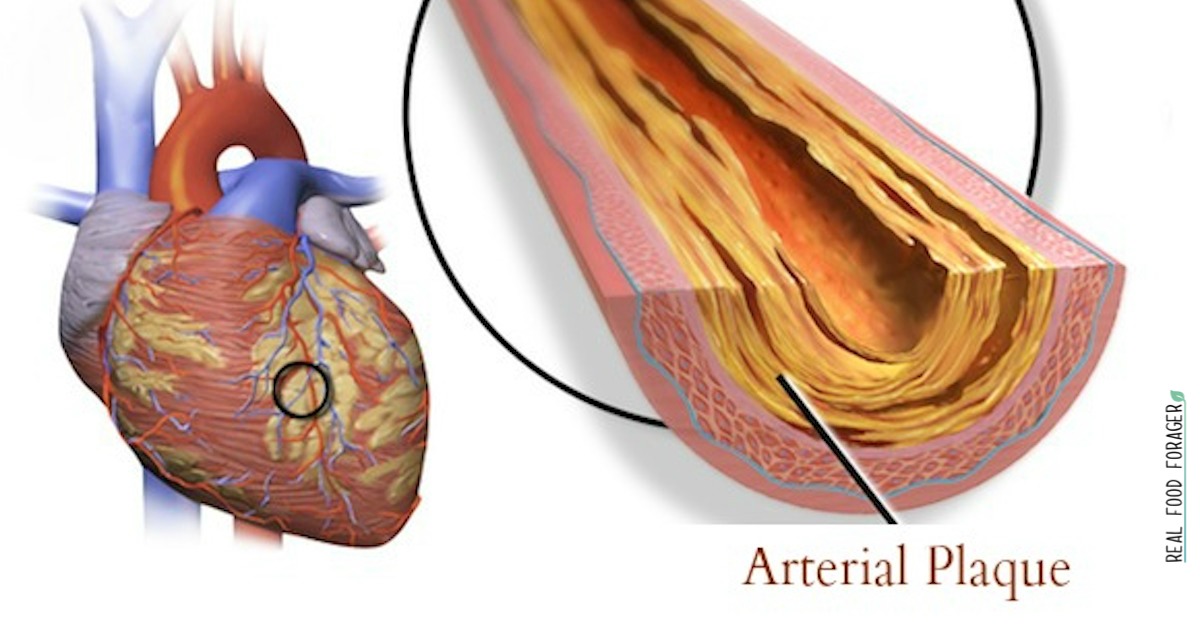
Shockingly, more than half of the adult population (60%) has been found to have early silent heart disease. This article will tell you how to test for plaque in your arteries and what to do if you have it.
They found the early silent heart disease after screening CT scan to assess calcification of the coronary arteries.
The patients had no symptoms.
Are you or do you know someone like this who may be at risk?
In our age of advanced imaging we should be able to predict cardiovascular events. We should be able to prevent heart attack and stroke.
Conventional medicine looks at the top 5 risk factors: blood pressure, cholesterol, dysglycemia (sugar metabolism), obesity and smoking. This is incorrect because 50% of the people with coronary heart disease or heart attack (MI) do not have these risk factors.
We need to go beyond the current understanding and test for the presence or absence of vascular injury and disease with non-invasive vascular testing that will actually help prevent the development of coronary heart disease or heart attack.
The next phase is to redefine the top five risk factors and include other risk factors such as gluten sensitivity which are now being explored.
Imaging of the carotid arteries is one of the best ways to assess the heart. Colonoscopy and mammography are prescribed as routine screening techniques and hopefully this method of imaging the carotid arteries will become routine as well.
The Carotid Intima-Media Thickness Testing (CIMT) is a non-invasive test. Also called a plaque scan, it uses complex software to measure the thickness of the lining of the carotid artery. CIMT looks for silent artery damage and can assess the health of the arteries.
This test uses advanced ultrasound technology to see the carotid arteries that feed the brain. The CIMT is different from a typical ultrasound of the carotid arteries. The CIMT has software that can measure the thickness of the wall of the two inner layers of the artery.
If the inner layers of the artery are thicker (by gender and age) than the mean, this indicates that plaque is present and can predict your future risk of heart attack and stroke. This is also a good measure of body-wide plaque growth, so if there is thickening in the carotids, there is probably thickening in the coronary arteries as well.
This technology may not be covered by insurance because it is newer. It does need a prescription by a physician.
Computed Tomography Coronary Artery Calcium Score or CT CACS is a way of measuring the amount of calcification of plaque in the arteries. The amount of calcium seen on CT is related to the amount of underlying coronary atherosclerosis (hardening of the arteries of the heart).
It is a CT scan, so it has the drawback of exposing the patient to ionizing radiation.
A high coronary artery calcium score from a CT scan can help to predict fatal and non-fatal heart attacks or the need for coronary bypass surgery or coronary (balloon) angioplasty in the next one to two years. A low calcium score suggests a very low risk for blocked coronary arteries and coronary events.
It is not useful for someone who already has a diagnosed heart disease. It could be very useful for someone with no symptoms over 40.
The American College of Cardiology came out with a statement in 2011 that if you have risk factors, these two tests (CIMT and plaque scan) are endorsed.
Get your calcium score, especially if you have some risk factors such as:
Here again, this technology may not be covered by insurance because it is newer. It does need a prescription by a physician.
With the new technology called EBCT they can now do a CT scan of the heart. This was a challenge previously, because the heart is moving. There is no IV injection and it is very simple to do. It literally takes just a few minutes and can reveal very accurately the condition of the coronary arteries.
Electron Beam Computed Tomography (EBCT), also referred to as an ultrafast CT, is a type of high-speed CT scan designed to detect plaque in the coronary arteries. Doctors use EBCT heart scans to determine if a patient is at risk for a future heart attack. Some say that it is the fastest, most accurate and lowest radiation type of CT scanner for coronary calcium.
This test measures calcification of any plaque that may be in the arteries. A score of zero is great, less than 100 is moderate, over 100 indicates plaque growth and over 400 indicates a grave condition. It can tell you where exactly the plaque is located.
Calcium is not the only portion of plaque. Non calcified plaque (soft) is a lot safer, but once it gets calcified it can be risky. It pays to know early on what your plaque status is so you can take steps to change things.
Perform advanced blood testing if there is a known heart problem such as:
Myeloperoxidase is a response of a white blood cell to bacteria, micronutrients or other invaders. MPO produces substances that oxidize and damage apolipoprotein A which is the carrier for HDL. High MPO numbers may indicate dysfunctional HDL – the HDL will not be as effective.
HS CRP is highly sensitive C-reactive protein which is an inflammatory marker for the heart.
The functional medicine approach is to find out WHY patients have these conditions and to find solutions through diet and lifestyle changes along with supplements and medications if necessary.
Autoimmune disease is a newly considered factor in the development of endothelial dysfunction (the endothelium is the inner lining of the blood vessel), peripheral vascular disease, coronary heart disease, heart failure, and other types of cardiovascular illness.
When there are antibodies to tissue transglutaminase, (a blood marker of gluten intolerance for Celiac) – those antibodies can also affect the inner lining of the blood vessels, the endothelium.
When the gluten sensitive patient eats gluten, the body sees this as an invader and responds in three ways; inflammation, oxidative stress and vascular autoimmune dysfunction.
The blood vessel is an innocent bystander and it develops disease in response to the assault from the response to gluten. Some doctors believe that gluten may be a trigger.
Some doctors support the use of plant based diets, exercise, mind-body approaches like meditation as stress management as well as group support.
Sadly, some endorse the Dean Ornish approach which is a low fat, vegetable based approach. I like a plant based diet, but I believe that eating good fats from pasture raised animals as well as the meat from these animals is also critical for good health.
Other doctors support the DASH2 diet, the Mediterranean diet and still others are in favor of a Paleo, gluten-free diet.
Supplements
Another natural method of dealing with plaque is chelation therapy. Of course, this has to be overseen by an experienced physician and it may not be appropriate for everyone.
If there are heavy metal loads, this can affect the heart and detoxification is necessary perhaps through chelation, saunas, liver support and herbal therapies.
A real food diet with good fats is a heart healthy diet. Get my Getting Started Series here.

Inspire Your Real Food Healing Journey with my FREE Grain-Free Meals e-Cookbook and Getting Started email series and newsletter! Unsubscribe anytime. Privacy Policy